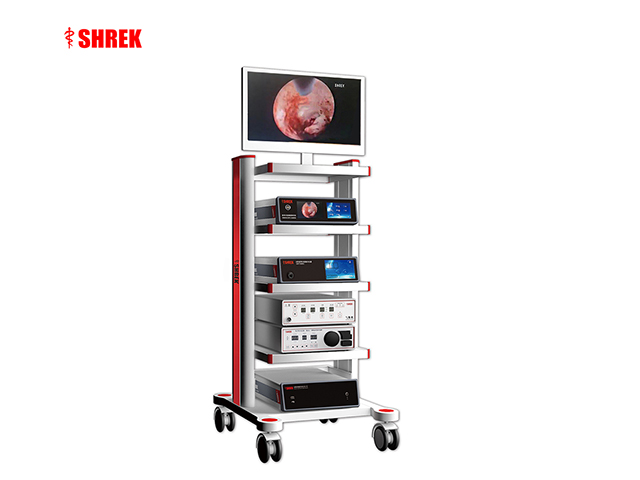
Hysteroscopy is a medical procedure that involves the use of a hysteroscope, a thin, flexible tube with a camera and light source at the end, to examine the inside of the uterus. The procedure can be performed for diagnostic or therapeutic purposes.
The principle of hysteroscopy is to visualize the inside of the uterus using the hysteroscope, which is inserted through the cervix and into the uterus. The camera at the end of the hysteroscope provides a clear view of the uterine lining, allowing the physician to identify any abnormalities, such as fibroids, polyps, or adhesions, that may be causing symptoms such as heavy bleeding, abnormal discharge, or infertility.
Hysteroscopy can also be used for therapeutic purposes, such as the removal of polyps or fibroids, or the correction of uterine abnormalities that may be affecting fertility. In some cases, the hysteroscope can be used to perform procedures such as endometrial ablation, which is the destruction of the uterine lining to treat heavy bleeding.
The scope of application of hysteroscopy includes:
Diagnosis and treatment of abnormal uterine bleeding
Diagnosis and treatment of infertility
Removal of polyps, fibroids, or other uterine growths
Correction of uterine abnormalities, such as septums or adhesions
Evaluation of the uterine cavity prior to IVF (in vitro fertilization) or other fertility treatments
Assessment of intrauterine devices (IUDs) or other contraceptive devices
Diagnosis and treatment of uterine infections or other inflammatory conditions.
Overall, hysteroscopy is a safe and effective procedure that can provide important diagnostic and therapeutic information for a variety of uterine conditions. Patients should talk to their healthcare provider about the benefits and risks of hysteroscopy and whether it may be an appropriate option for their specific medical condition.


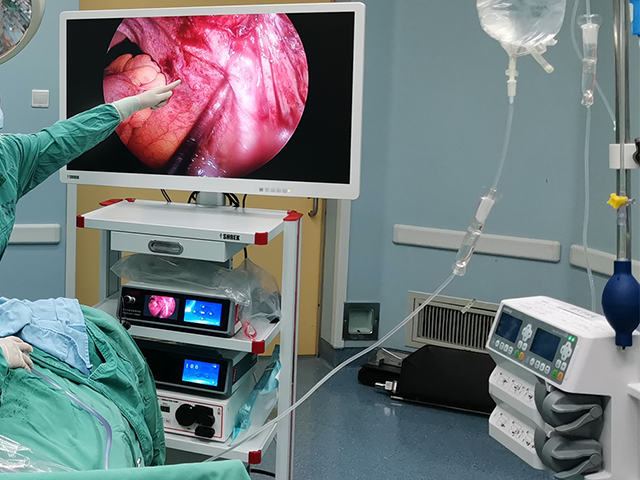
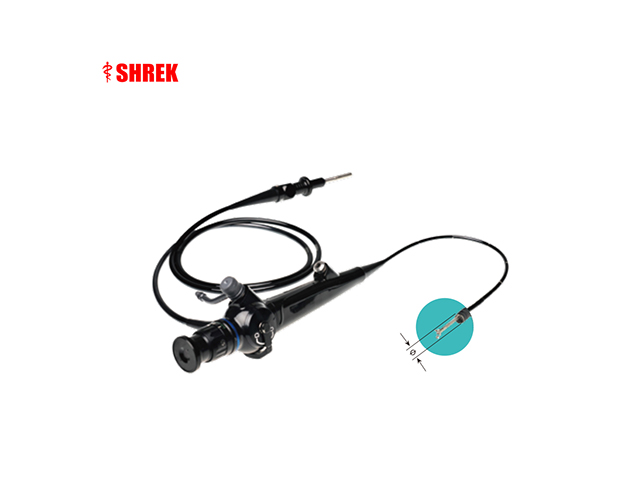
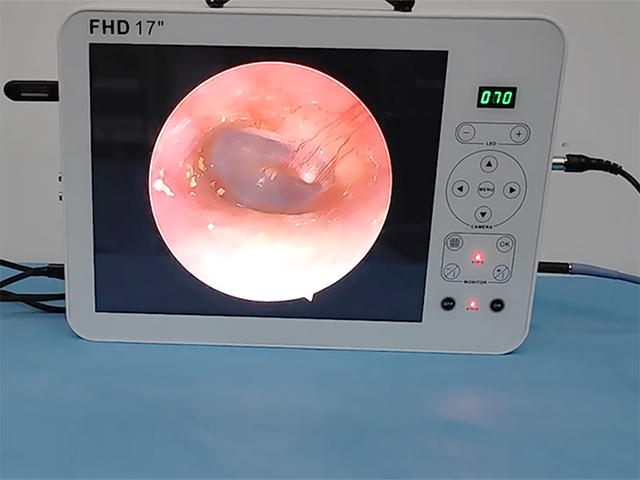
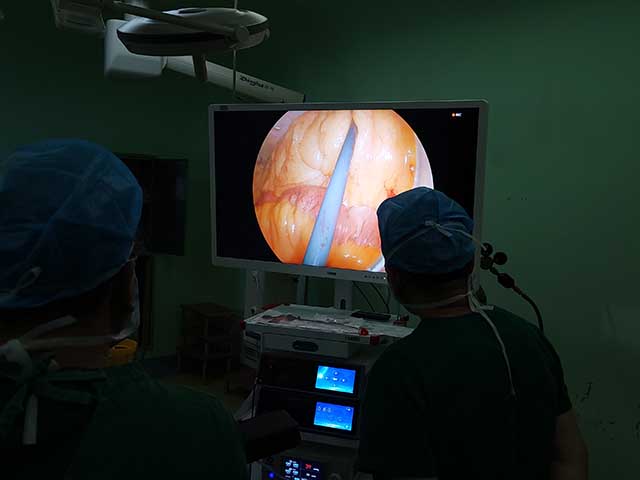
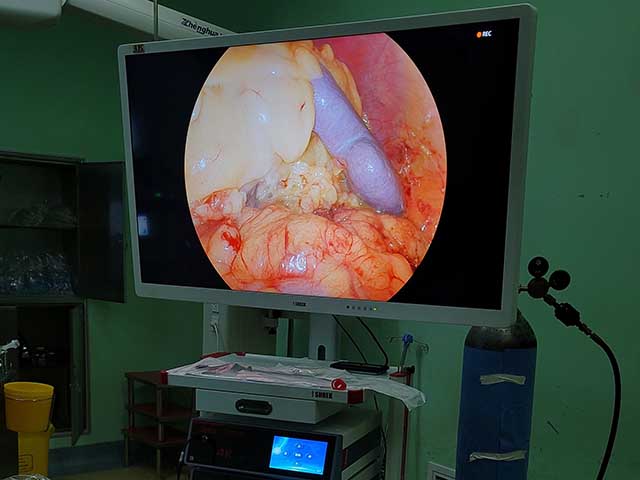

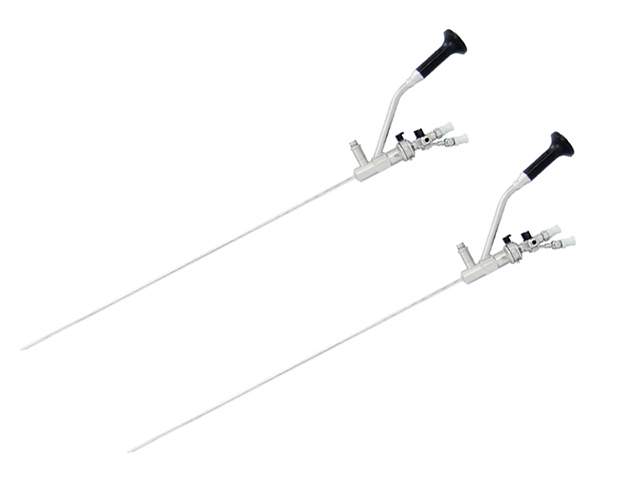
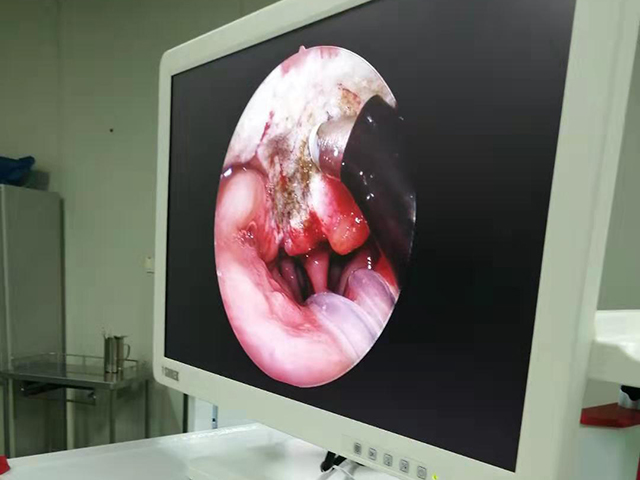
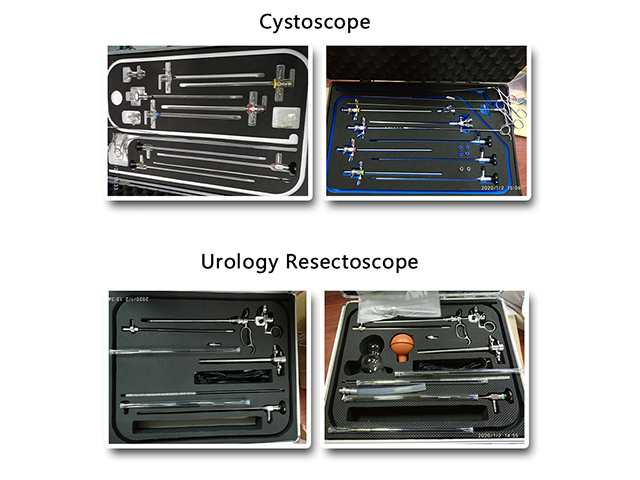
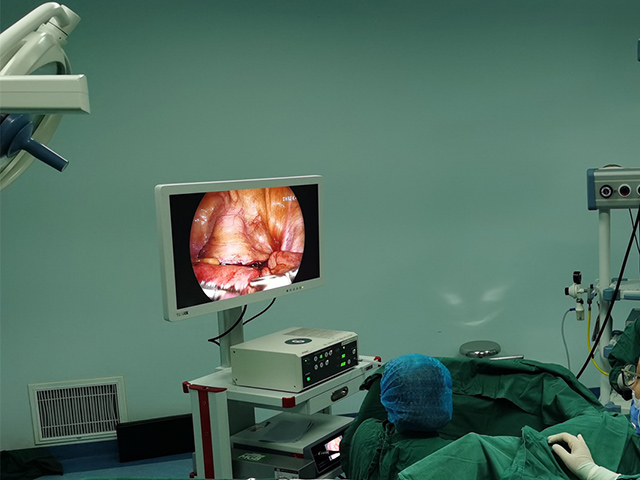
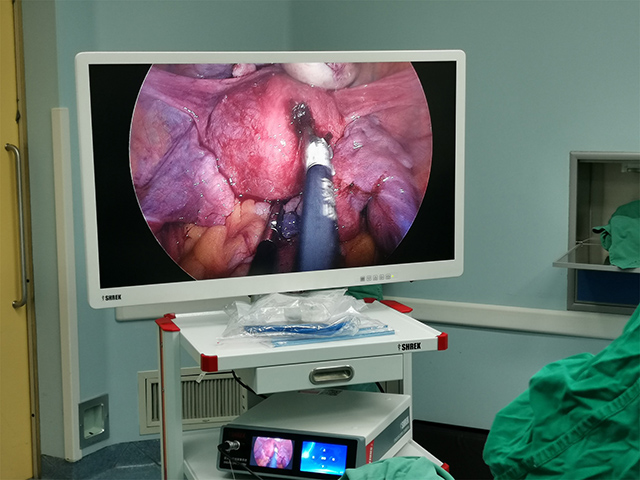
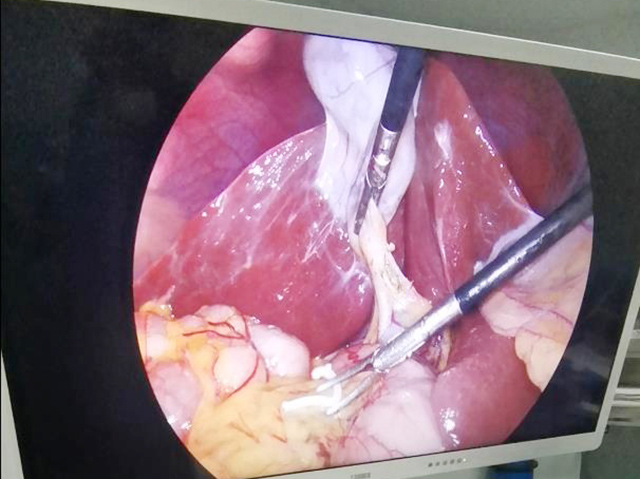

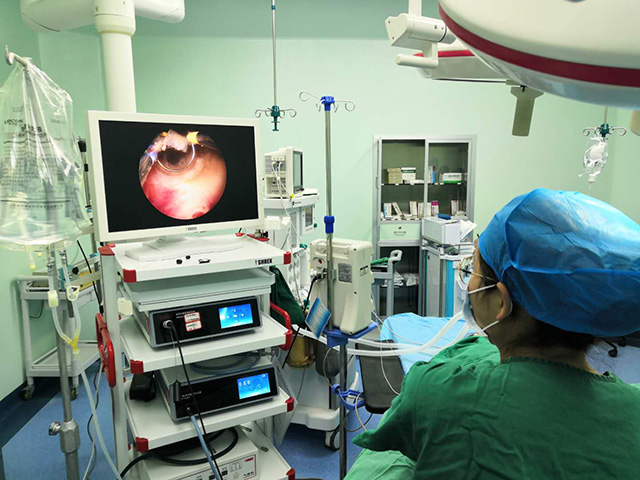
Leave A Inquiry